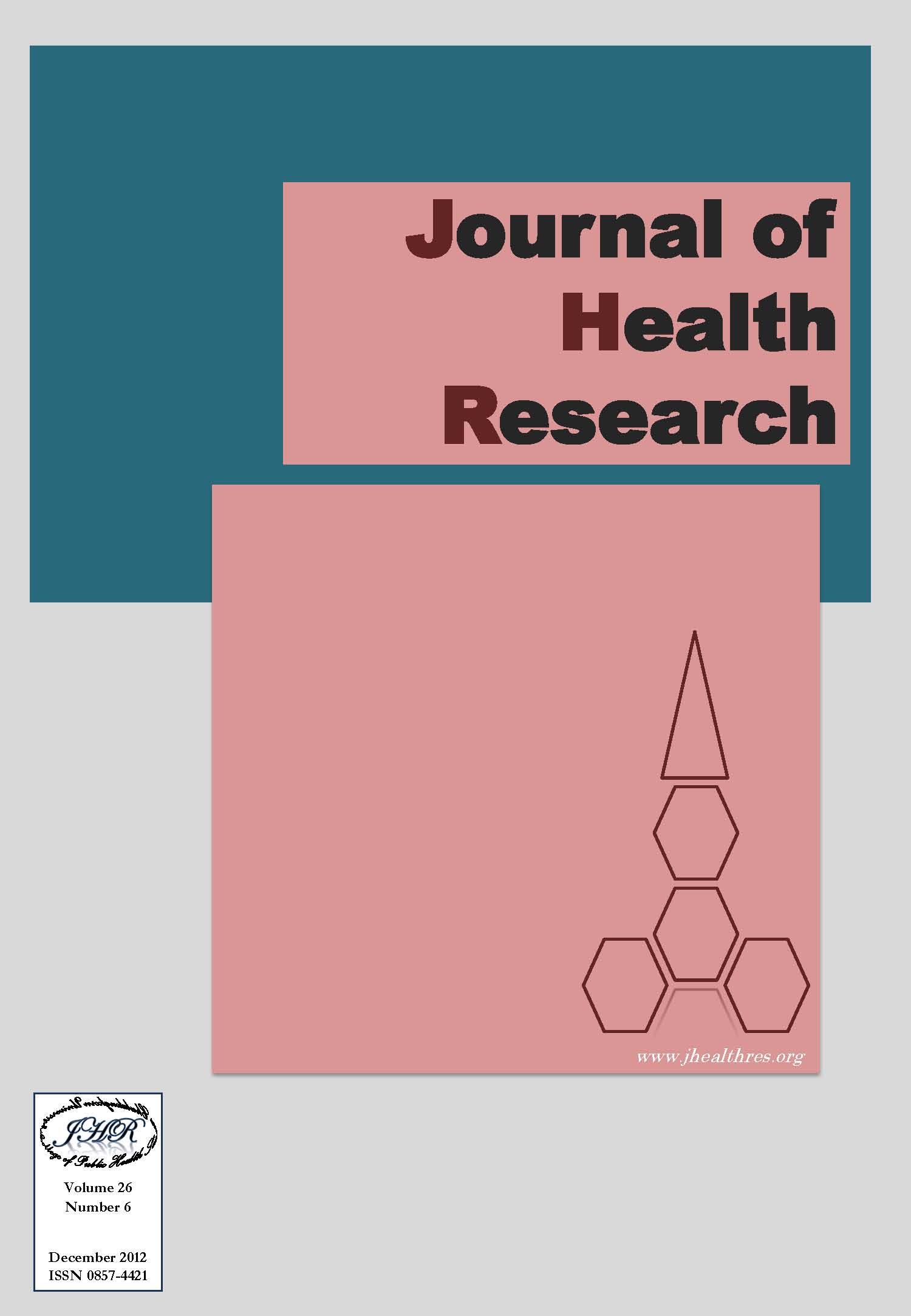Factors Affecting Intention to Take Pap Smear Screening among Married Women in Mandalay, Myanmar
Keywords:
Pap smear screening, Married women, MandalayAbstract
The cross-sectional descriptive study was conducted to identify the percentage of married women (age 25-65 years) in Mandalay, Myanmar who have intention to take Pap smear screening and factors affecting their intention to take Pap smear test. The study used Health Belief Model (HBM) and 230 respondents participated in this research. Data were collected by using constructed questionnaire and analyzed by frequency, percentage, Chi-square test and logistic regression. The results showed that 78.3% of respondents had intention to take Pap smear. Age was only significant associated socio demographic factor with intention to take Pap smear screening (p≤0.001). HBM could predicted the intention to take Pap smear screening because so many facilitating factors associated with intention to take Pap smear screening such as knowledge factor (p=0.006), overall perception (p=0.004). After controlling other factors, age was strongly positive association with intention to take Pap smear (OR:10.45, 95%CI: 3.08-35.44). Overall findings concluded that the percentage for intention rate was so high but majority of respondents didn’t answer the exact time. Most of the socio-demographic factors were not influenced their intention and husband and family encouragement was an important factor for women’s intend to take Pap test. HBM predicted the intention to take Pap smear screening because knowledge, some perception parts and cues to action were significantly associated with intention.







